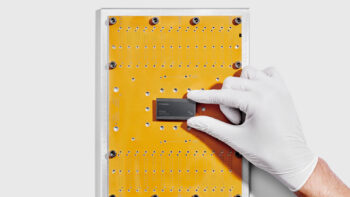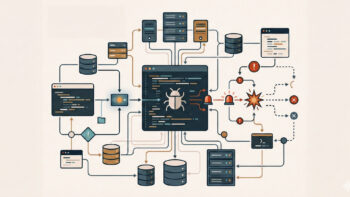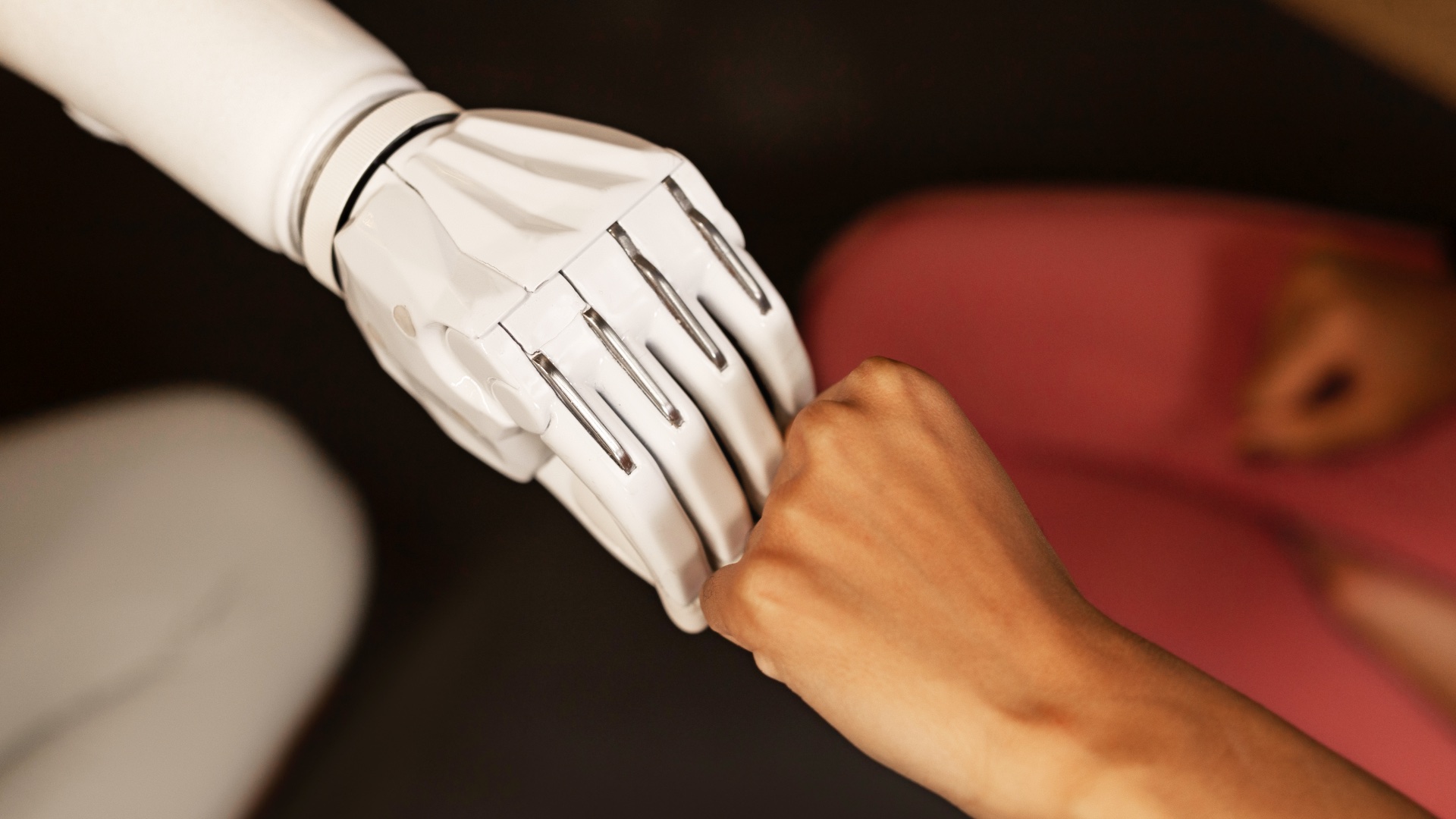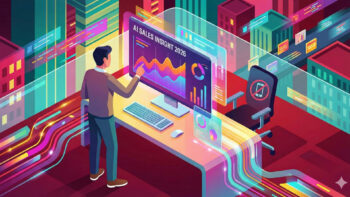In just one decade, the smartphone has undergone a transformation from a useful gadget to the almost invisible centre of our lives, eliminating everyday frustrations along the way that we have managed to forget. This is the story of the key innovations that made technology finally fade into the background, becoming a seamless extension of ourselves.
The end of the password era: How biometrics gave us back time and peace of mind
It all started with a single touch. Apple ‘s introduction of the Touch ID reader in the iPhone 5s in 2013 was more than a technological innovation. It fundamentally changed our relationship with digital security. A cumbersome action became an instant, subconscious gesture. This moment sparked the mass acceptance of biometrics, which has become the new standard at an incredible rate. By 2022, as many as 81% of all smartphones were equipped with it, and consumers considered it more secure than traditional passwords.
The evolution was rapid. In 2017, Apple unveiled Face ID, offering even smoother facial scan authentication. At the same time, Android device manufacturers, aiming for perfectly bezel-less screens, faced a dilemma: where to put the reader? The solution came in 2018, when Vivo unveiled the world’s first phone with a fingerprint reader embedded in the display. However, the real power of biometrics did not lie in mere convenience. It became the key foundation for a revolution that was lurking just around the corner – mobile payments. Without fast and trusted one-touch authentication, the idea of paying with your phone would never have taken off.
Wallets in reverse: The quiet triumph of contactless payments
Mobile payments is the story of how a small NFC chip and clever software made the leather wallet a relic of the past. Apple Pay, introduced in 2014, was perfectly timed. Its success was the result of a confluence of three key factors: technological readiness (NFC-enabled phones), regulatory impetus (the mandatory switch to EMV chip cards in the US forced shops to upgrade terminals) and the promise of unparalleled convenience and security.
The scale of this change is staggering. The global mobile payments market, valued at $3.84 trillion in 2024, is forecast to grow to more than $26 trillion by 2032. For retailers, the benefits were immediate. By simplifying the payment process to a single tap, they have reduced the main cause of shopping cart abandonment, reporting an increase in conversions on mobile devices of up to 58%.
Pocket studio: The invisible genius of computational photography
A smartphone, by virtue of its size, will never be able to accommodate the optics of a professional camera. And yet the pictures we take are getting better and better. This is thanks to a silent hero – computational photography. The software in our phones has learned to bend the laws of physics, and the effects of this revolution have been devastating for the traditional market. Between 2010 and 2023, global camera shipments fell by an incredible 94%.
Computational photography has automated techniques that once required knowledge and equipment. Portrait mode, using artificial intelligence, digitally blurs the background, mimicking the effect of expensive lenses. HDR combines several photos with different exposures into one perfectly balanced image. The real breakthrough, however, was Google’s Night Sight mode, introduced in 2018, which assembles multiple frames into one bright and sharp image, working wonders in almost total darkness. A year later, the Huawei P30 Pro, with its Periscope lens, enabled powerful optical zoom without thickening the body. In this way, the smartphone not only replaced the compact camera; it democratised photography, giving millions of people the tools to create high-quality content and driving the visual nature of the modern internet.
The screen that came to life: From liquidity to the folding revolution
For years, screens were all about size and resolution. The last decade has brought innovations that have changed how we experience interacting with the display, and even the shape of the display itself. The first, subtle change was to raise the refresh rate. Pioneered by the Razer Phone in 2017, the 120Hz standard made scrolling and animations incredibly smooth. It’s one of those innovations you don’t appreciate until you’re back to the old 60 Hz standard – then everything seems to ‘stutter’.
The second change was much bolder. The idea of a foldable screen, present in concepts for years, finally became a reality with the launch of the Samsung Galaxy Fold in 2019. Although still a niche market, it is growing rapidly, with forecasts predicting it to be worth more than $63 billion by 2029. Foldable smartphones are a radical attempt to break the glass panel paradigm that has dominated recent years.
| Innovation | Pioneering technology/device | The year of the breakthrough |
|---|---|---|
| Mass Biometrics | Apple Touch ID (iPhone 5s) | 2013 |
| NFC Mobile Payments | Apple Pay | 2014 |
| High refresh rate screen | Razer Phone (120 Hz) | 2017 |
| 3D facial biometry | Apple Face ID (iPhone X) | 2017 |
| On-screen fingerprint reader | Vivo X20 Plus UD | 2018 |
| AI Night Photography | Google Night Sight (Pixel 3) | 2018 |
| Periscope lens | Huawei P30 Pro | 2019 |
| Foldable screen | Samsung Galaxy Fold | 2019 |
The invisible foundations of progress
All these breakthroughs would not have been possible without the quiet revolutions in the background. The arms race in fast charging technology, spearheaded by standards such as Qualcomm’s Quick Charge, reduced charging times from hours to minutes, finally freeing us from ‘battery anxiety’. At the same time, the advent of 5G networks, with its ultra-low latency, has opened the door to cloud-based game streaming and reliable video calls on the move, solving the ‘connectivity anxiety’ problem.
Looking back, the overarching innovation goal of the last decade was to make technology invisible. Biometrics, mobile payments, computational photography and fast charging have systematically removed the barriers between us and the digital world. The greatest inventions were the ones we stopped thinking about, allowing technology to finally fade into the background of our lives.












